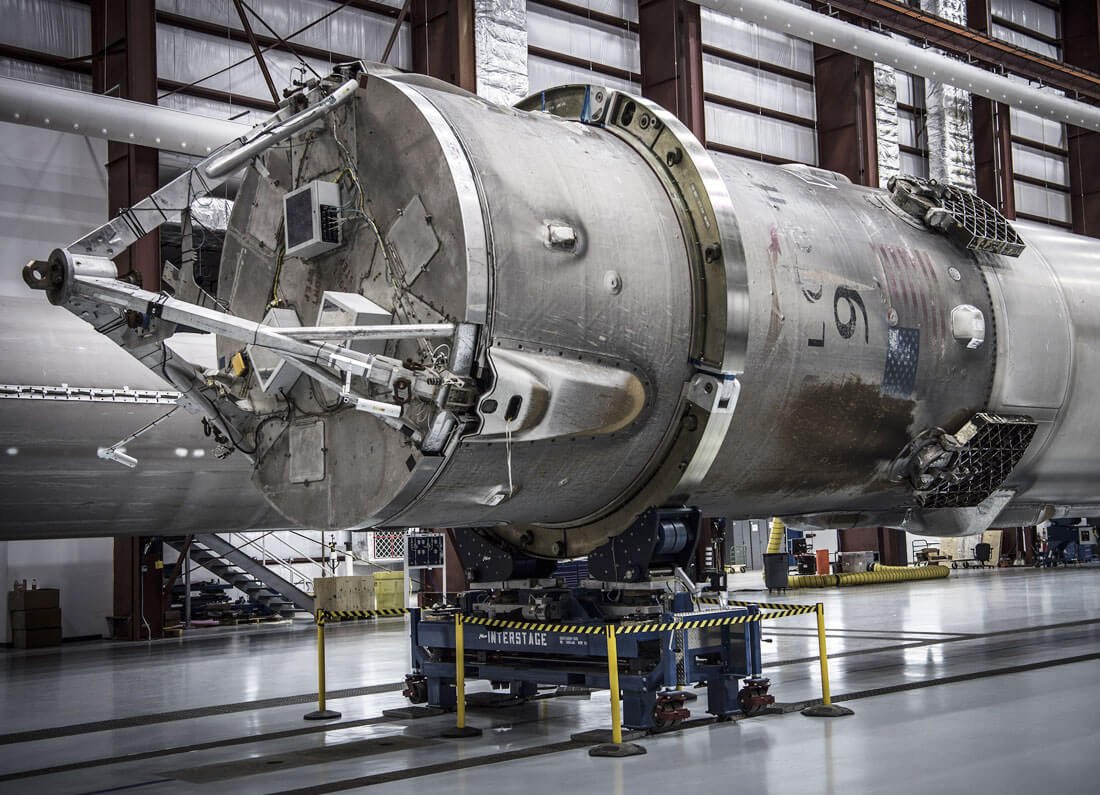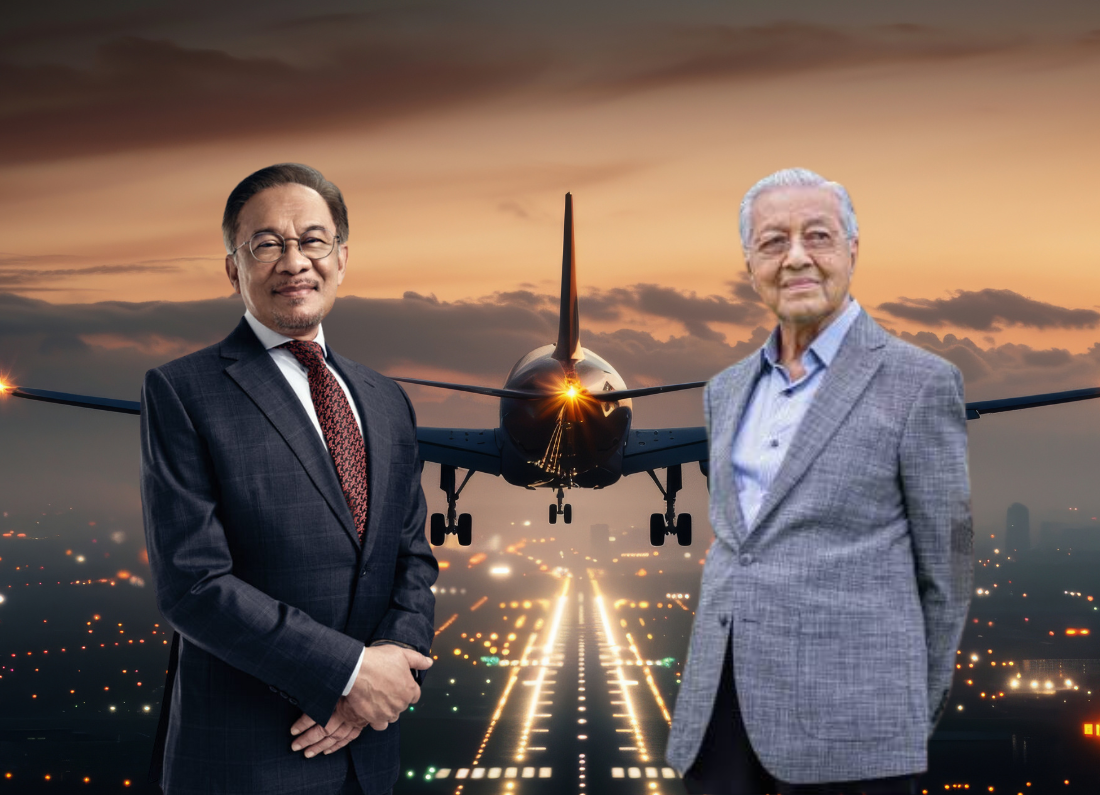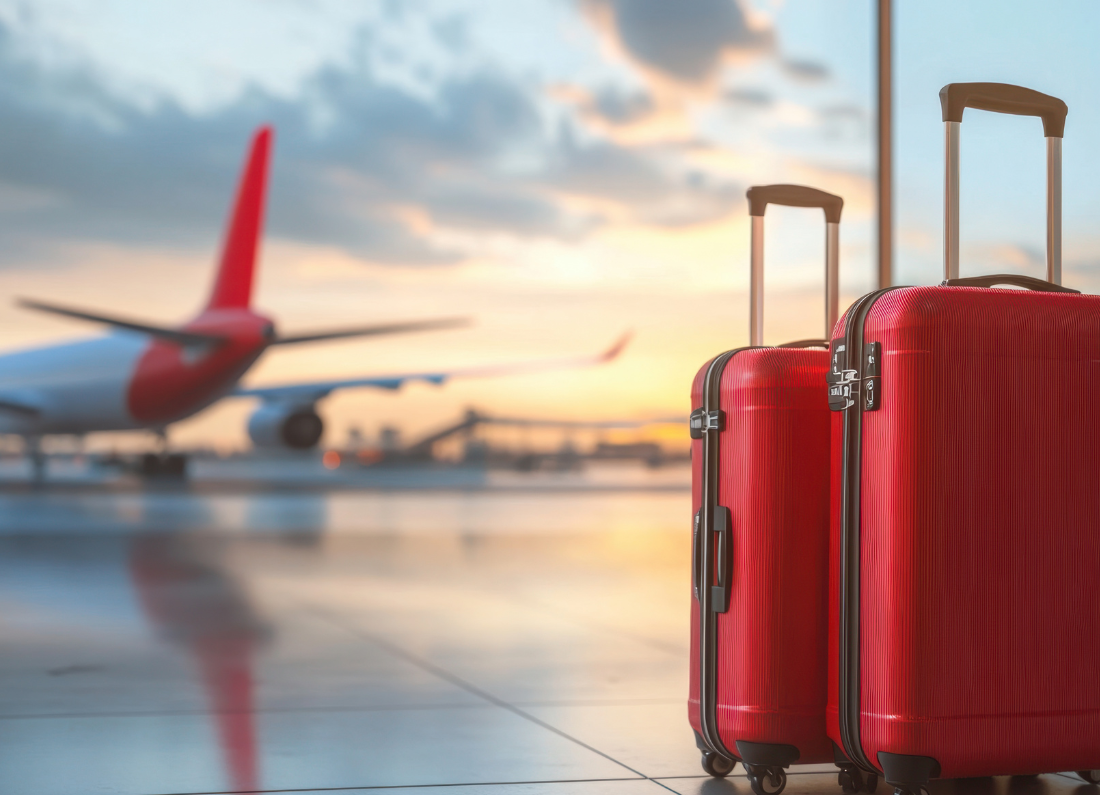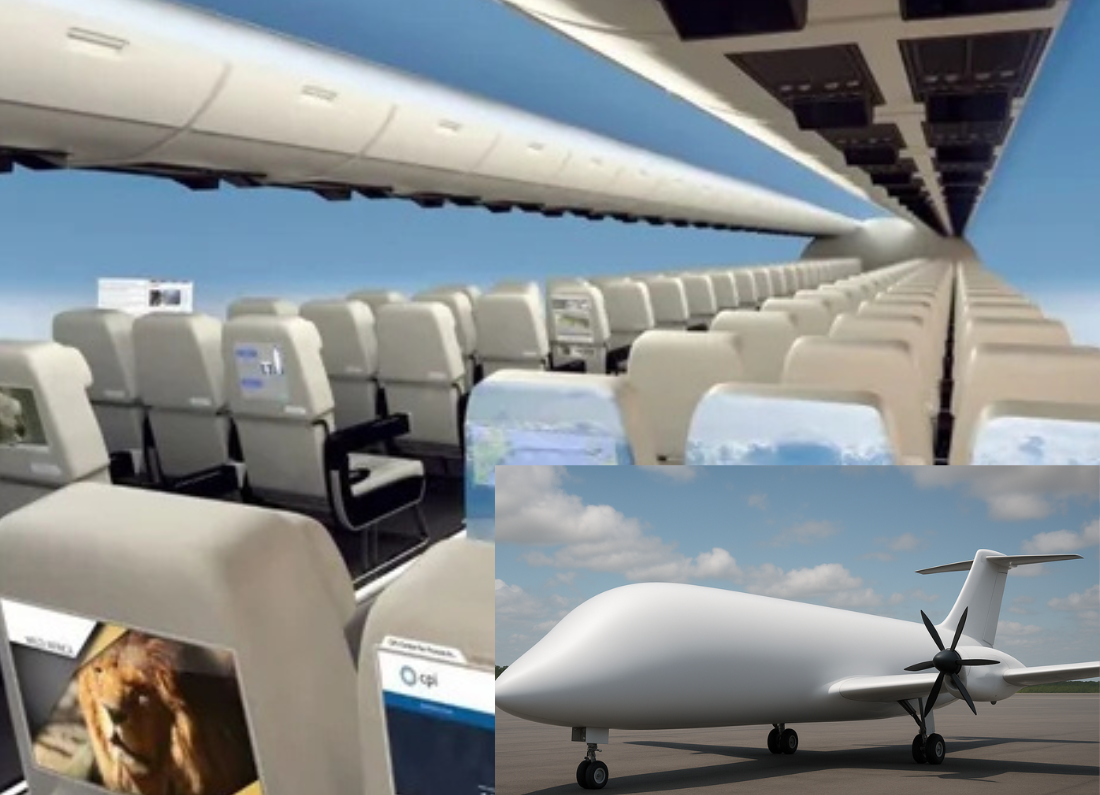In 2025, airports have transformed into essential pillars of regional development, acting as catalysts for investment and innovation rather than merely serving as transit points. As the aviation industry rebounds with vigor, Malaysia’s airports are poised to play a critical role in driving the next wave of economic growth, trade, and tourism across the ASEAN region. This transformation is marked by significant investments in expansive billion-ringgit infrastructure projects, cutting-edge terminal upgrades, and ambitious green initiatives, all reflecting a comprehensive and forward-thinking vision in a post-pandemic landscape.
Traffic Rebound Fuels Expansion
The recovery in passenger traffic at Malaysia’s major airports reveals a robust resurgence. According to Malaysia Airports Holdings Berhad (MAHB), the total number of passenger movements in the first quarter of 2025 surpassed 27 million, representing a remarkable year-on-year increase of 23% and bringing traffic back to 90% of pre-pandemic levels. While Kuala Lumpur International Airport (KLIA) continues to serve as the principal gateway for the nation, regional airports such as Penang, Kota Kinabalu, Langkawi, and Subang Skypark are witnessing a rapid increase in demand. This surge is largely fueled by a rise in domestic tourism, the expansion of low-cost carriers, and enhanced connectivity within the region.
KLIA: Malaysia’s Global Aviation Hub,
Recharged KLIA is undergoing a long-awaited and comprehensive transformation, aimed at solidifying its position as a premier global aviation hub. Under the KLIA Aeropolis Master Plan, MAHB has outlined several ambitious initiatives:
– Terminal Enhancements
Upgrades to Terminals 1 and 2 are set to increase their combined passenger capacity to an impressive 100 million travelers per year, accommodating the surge in air traffic.
– Advanced Technology Implementation:
The introduction of upgraded baggage handling systems along with biometric immigration processes will streamline passenger flow and enhance security measures, improving the overall travel experience.
– Cargo and Logistics Expansion:
The air cargo and logistics zones are being significantly expanded, with the support of Alibaba’s Cainiao Aerohub, facilitating efficient supply chain management and boosting trade potential.
– Sustainability Goals:
Committed to environmental responsibility, MAHB is implementing green initiatives designed to reduce Scope 1 and 2 emissions by 50% by the year 2030, positioning KLIA as a leader in sustainable airport operations. As a senior MAHB executive aptly stated, “KLIA is not just an airport; it’s evolving into a smart city with wings, merging air travel, cargo, logistics, and retail into a fully interconnected hub.”
Secondary Airports, Primary Impact In addition to KLIA,
Malaysia’s secondary and tertiary airports are emerging as significant contributors to aviation development and decentralization. These airports are becoming critical players in ensuring balanced regional growth, where they often serve local markets and stimulate economic activity:
– Langkawi International Airport :
As international routes rebound and events such as the Langkawi International Maritime and Aerospace (LIMA) exhibition generate increased air traffic, there is a growing interest from private jet operators, low-cost carriers, and charter services. Planned enhancements include the addition of new apron parking bays, dedicated hangar facilities for general aviation, and a redesigned terminal that improves passenger flow and convenience.
– Penang International Airport (PIA):
A transformative RM1.2 billion expansion project is currently in progress, aiming to boost the terminal’s capacity from 6.5 million to 12 million passengers annually by 2026. This investment not only aims to improve infrastructure but also enhances Penang’s status as a hub for tourism and business travelers.
– Subang Airport Regeneration Plan (SARP):
Recognized as a flagship urban airport redevelopment project, Subang Airport is being reimagined as a premium city airport. The development includes the establishment of an MRO (Maintenance, Repair & Overhaul) cluster, a dedicated business aviation terminal for private jets, and zones for aerotech and research and development. Connectivity to Kuala Lumpur will be upgraded with new light rail transit (LRT) options and ride-hailing hubs, positioning Subang as a key regional center for general and business aviation operations. Through these strategic developments, Malaysia’s airports are not just accommodating increased air travel; they are actively shaping the future of the country’s economic landscape, attracting investment, and facilitating sustainable growth across the broader ASEAN region.
ASEAN-Wide Airport Growth
Malaysia isn’t alone — airport development is booming across the region:
| Country | Airport | Project Highlights |
|---|---|---|
| Indonesia | Soekarno-Hatta | Terminal 4 construction (35M pax/year) |
| Thailand | U-Tapao | “Eastern Airport City” project linked to Eastern Economic Corridor |
| Singapore | Changi Terminal 5 | Construction resumed, capacity boost of 50M passengers |
| Vietnam | Long Thanh International | Phase 1 underway, expected to open 2026 |
These mega-projects reflect the strategic importance of aviation to regional GDP and ASEAN’s push toward becoming a fully integrated, connected economic bloc.
Cargo, Logistics & Free Trade Zones
Beyond passengers, air cargo is emerging as a silent growth engine.
Malaysia’s KLIACargo Village is expanding rapidly, supported by:
- Growth of e-commerce in Southeast Asia
- Cold-chain logistics for pharmaceuticals and perishables
- Proximity to free trade zones and bonded warehouses
Penang Airport and Senai Airport (Johor) are also investing in air freight facilities, with strong demand from semiconductor and electronics exporters.
Smart, Green, and Sustainable Terminals
Sustainability is now a core part of airport growth strategy.
Malaysia’s airports are integrating:
- Solar panel systems (KLIA has 3.6MW capacity solar farms)
- LED lighting, rainwater harvesting, and electric ground vehicles
- LEED and GBI-certified terminal designs (Subang & Penang)
There’s also a push for contactless and paperless terminals, with e-gates, biometric boarding, and mobile check-ins becoming standard.
Strategic Outlook: Airports as Economic Catalysts
Airports are no longer just points of transit — they are economic ecosystems.
With the right planning, investment, and policy support, Malaysia’s airport infrastructure can:
- Support regional connectivity and trade
- Attract FDI in aviation, aerospace, and logistics
- Position Malaysia as a hub for next-gen air mobility (including drones and eVTOL)
But success depends on public-private collaboration, regulatory consistency, and investment in human capital to manage these increasingly complex operations.
Final Approach
The skies above Malaysia are becoming busier than ever, with increasing air traffic reflecting the nation’s growing connectivity and economic recovery. In response to this surge, the airports across the country as ranging from Kuala Lumpur International Airport (KLIA) to Langkawi, Subang to Penang, and many others are undergoing significant transformations. These airports are not merely bouncing back from past challenges; they are being meticulously reimagined as modern, resilient, and technology-driven aviation hubs. This redevelopment focuses on enhancing passenger experience, increasing operational efficiency, and supporting sustainable growth in the aviation sector. Equipped with advanced technologies and innovative designs, Malaysia’s airports are poised to serve as vital gateways for travelers and businesses alike in the coming decade and beyond.
InsertRetry
Shorten it












